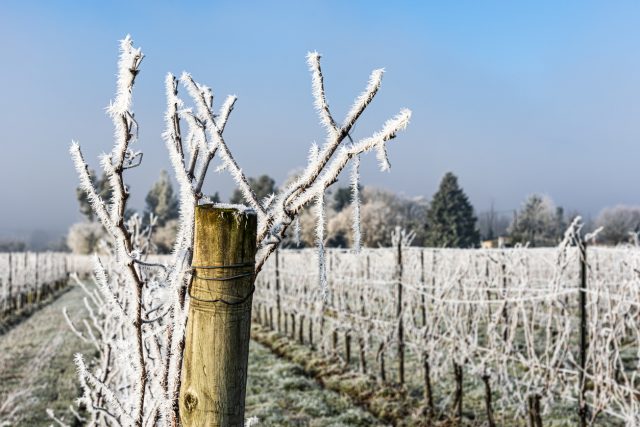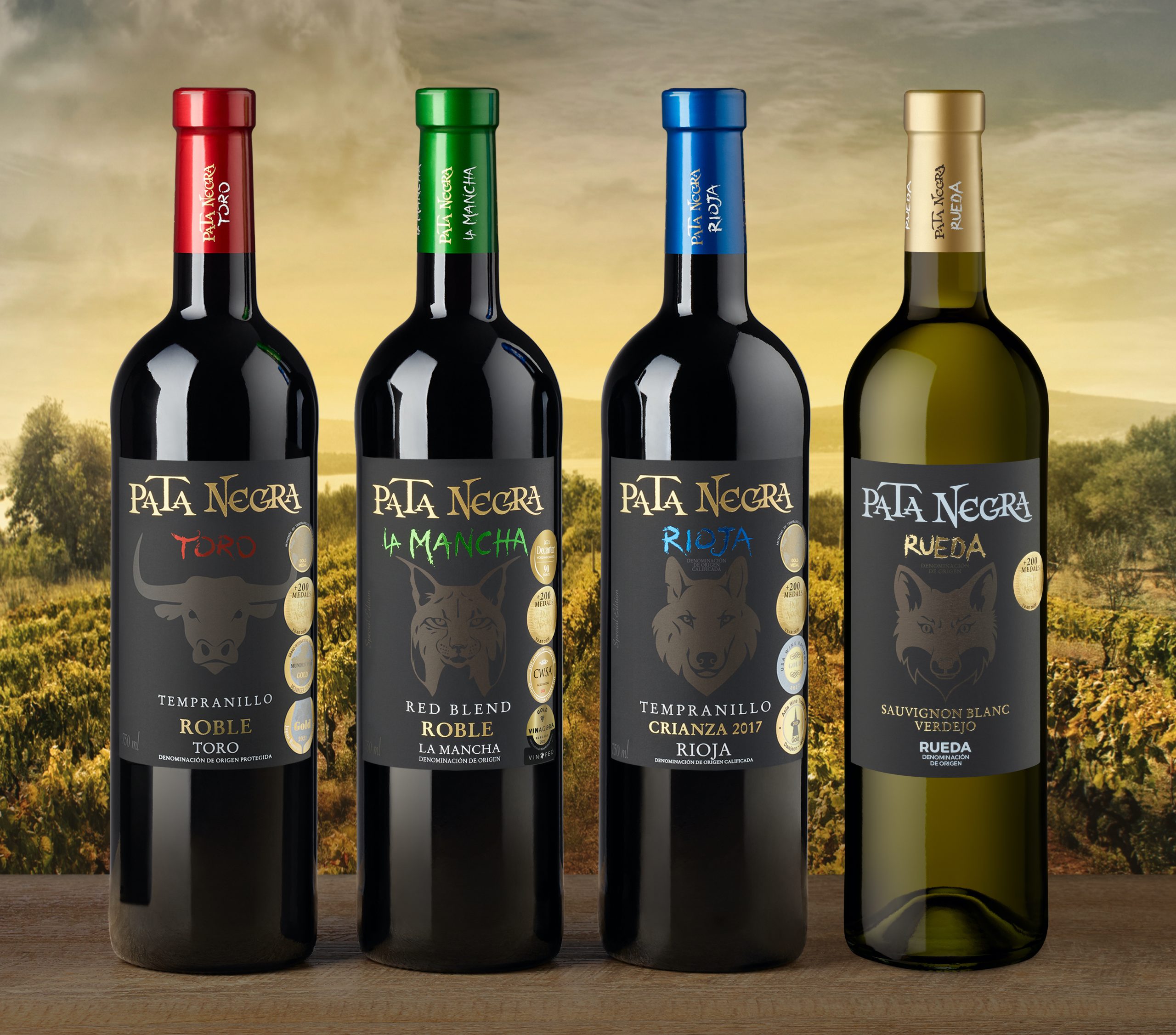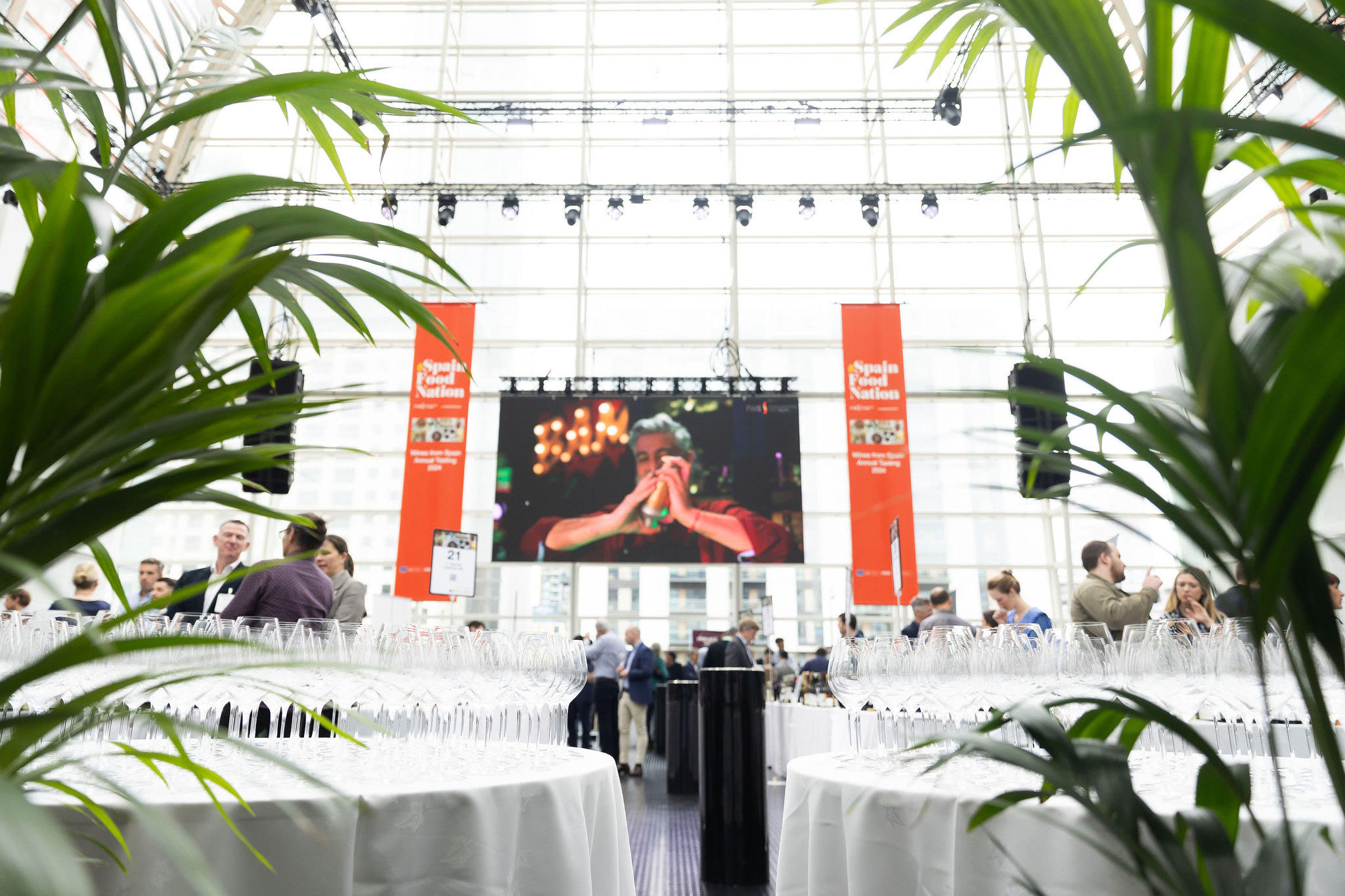French winegrowers struggle with weather
By James EvisonSevere weather events in France have made it a challenging start to the 2024 growing season as the majority of the country’s wine regions hit with difficult conditions.

Alongside the hailstorms in Chablis, other areas including Cahors, the Jura, and Bergerac were hit with frosts that have caused significant issues throughout spring.
In Cahors especially, it was reported that as much as 80% of the region’s harvest could be lost due to frost.
Speaking to the Assemblée Nationale, the lower house of the French parliament, Aurélien Pradié, who represents the first constituency of the Lot department, said that frost threatens “the survival of vineyards in the Cahors appellation”.
A similar situation has also been reported in other areas, including the Jura, where some producers have also stated they have lost as much as 60 to 70% of their harvest already, following bitterly cold periods across April and early May — and despite the use of anti-frost candles to try and save grapes.
It comes as previous vintages, including in 2017, 2022 and last year, as well as in other recent years, have caused grape-growers and wine producers to consider the viability of some vineyards against increasingly challenging conditions. One regional prefect told a local assembly that four frost attacks in an eight year period were “starting to take its toll” on the profession.
Mildew
In addition, the impact of heavy rainfall, which has also hit other wine-growing regions including the UK and Germany, have been considerable in Beaujolais and Burgundy, with the threat of mildew, which caused major issues in 2023, could happen again across the late spring and early summer months.
Last year, mildew had a devastating impact on growers, with a helpline even set up to help those who had been “traumatised” by the situation.
Wet weather has also impacted other grape-growing regions across the country with reports that the start of the growing season has been particularly hard.
Partner Content
In some areas, rainfall has been more than 40mm per day, consistently over a number of days and weeks, with mildew spots appearing on leaves, and spraying challenging due to the consistently inclement conditions.
This has also impacted the ability of farm machinery to operate in muddy and sodden vineyards, with producers stating it was difficult to even get tractors into the vineyards.
But other producers have said that the rain has resulted in water reserves in the ground, which going into the summer season could be beneficial for the crops, depending on what happens in the next few months in terms of temperature, rain and general climatic conditions.
The CIVC has reported that Champagne yields will be hit by the frosts although not as dramatically as in other regions, estimating it will lose around 9% of primary buds across the whole appellation, according to reports, and which is well below the 2021 events and loses of 30% when frost hit the region.
Chablis
The news comes as the BIVB confirmed that around 1,000 hectares of vines were affected in Chablis, around a sixth of the appellation, and which covers approximately 5,800 hectares and comprises 20 village communes.
Chablis grand cru climats Vaumur, Vaudésir, Moutonne and Preuses were thought to be among the worst-hit sites, the BIVB said when the hail struck, however the the villages of Fontenay-près-Chablis, Villy and La Chapelle-Vaupelteigne have seen the biggest damage. There was also damage in Chablis, Maligny, Beine and Lignorelles, with some climats in Chablis Grand Cru and Chablis Premier Cru also affected.
It has been estimated that around 400 ha of vines were affected by losses of more than 80%, it said, although the damage was “ultra-localized”.
According to reports, hailstorm the size of “pétanque boule” or ping pong balls ravaged the vineyards in a matter of minutes on 1 May as a violet “supercell” storm affected the area. The storm damaged shoots and stripped leaves from the vines, leaving them vulnerable to mildew, particularly with the additional humidity in the soil. It has taken a few weeks to see how the vines have recovered.
Related news
Albert Bichot explores sea’s impact on wine ageing in new experiment
Emma Watson’s gin label to expand after £4.95 million investment
The story of Maison Simonnet-Febvre’s new Chablis Premier Cru Forêts




